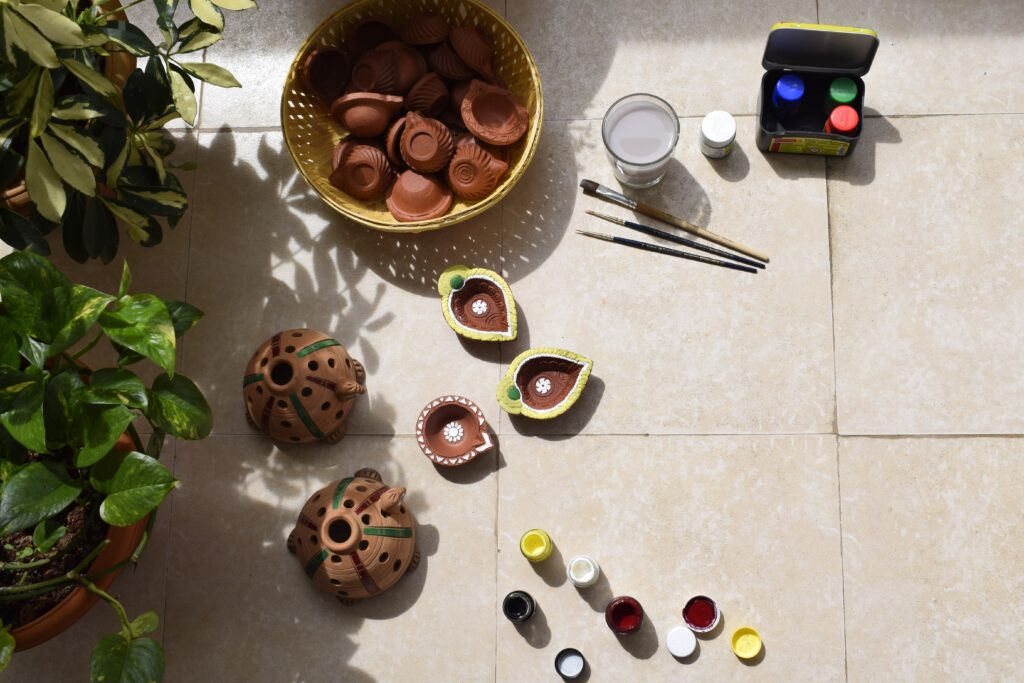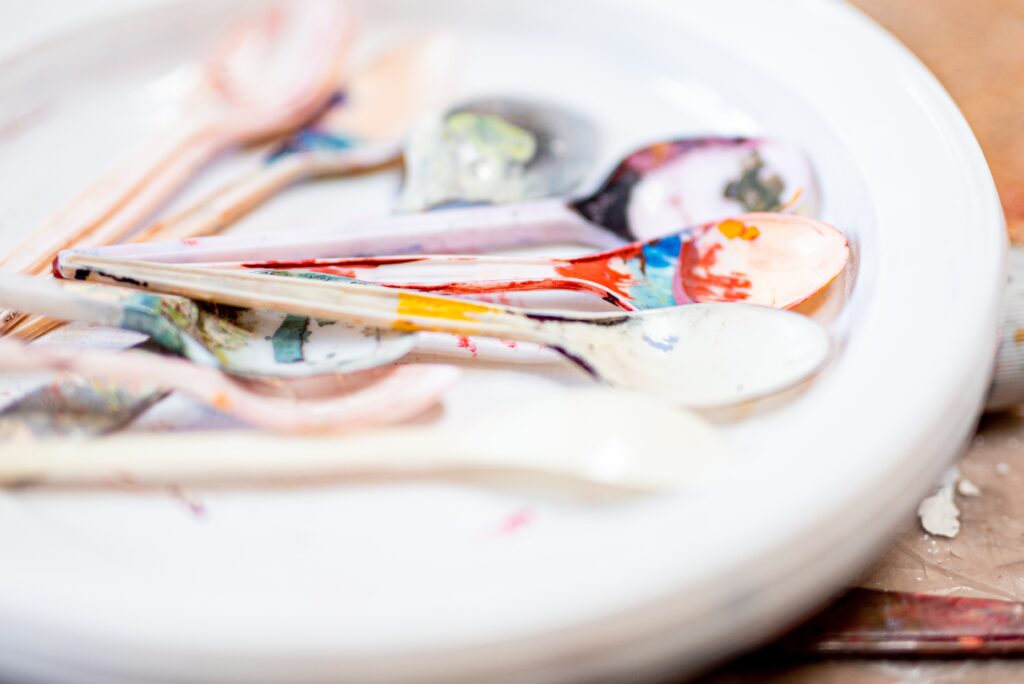In this article, you will discover a quick and effective solution to fix rubbery acrylic paint. If you have ever found yourself with a dried-out acrylic paint that feels rubbery and difficult to work with, don’t worry! With a simple technique, you can easily rejuvenate your paint and achieve that smooth and vibrant finish you desire. Stay tuned to learn the step-by-step process and get your acrylic paint back to its optimal condition in no time.

Causes of Rubberiness in Acrylic Paint
Insufficient drying time
One of the common causes of rubberiness in acrylic paint is not allowing enough time for the paint to dry properly. Acrylic paint forms a film as it dries, and if the drying process is rushed, the paint may not fully cure, resulting in a rubbery or sticky texture.
Use of incorrect thinners or additives
The use of incorrect thinners or additives can also contribute to the rubberiness of acrylic paint. Different types of thinners or additives have different effects on the drying process and the overall characteristics of the paint. Using the wrong ones can interfere with the drying process and cause the paint to become rubbery.
Exposure to extreme temperatures
Acrylic paint is sensitive to extreme temperatures. If the paint is exposed to excessively high or low temperatures, it can affect the chemical composition of the paint, leading to a rubbery consistency. Extreme heat can accelerate the drying process too much, while extreme cold can slow it down, both of which can result in rubbery paint.
Improper storage conditions
Improper storage conditions can also contribute to rubberiness in acrylic paint. If paint is stored in an environment with high humidity or exposure to air and moisture, it can affect the drying process and lead to rubbery paint. Additionally, storing paint containers in a way that allows air to enter can also cause the paint to dry out or become rubbery.
Methods to Fix Rubberiness in Acrylic Paint
Allow Sufficient Drying Time
To fix rubbery acrylic paint, it is essential to allow sufficient drying time for each layer. When applying acrylic paint, make sure to use thin layers, as thicker layers take longer to dry. Additionally, it is best to work in a well-ventilated area to ensure proper air circulation, which aids in the drying process. If necessary, you can extend the drying time by using a hairdryer on the lowest setting or a fan.
Adjust the Paint Consistency
If the paint consistency is contributing to the rubbery texture, there are a few ways to adjust it. You can mix in additional water or acrylic medium to make the paint more fluid and improve its flow. Another option is to blend the paint with a drying agent, such as an acrylic retarder, which slows down the drying process and allows the paint to cure properly. Experimenting with different proportions can help achieve the desired consistency.
Use Compatible Thinners or Additives
When thinning acrylic paint or using additives, it is crucial to ensure compatibility with the specific brand and type of acrylic paint you are using. Different brands may have different chemical compositions, and using incompatible thinners or additives can affect the drying process and lead to rubbery paint. Always check the manufacturer’s recommendations and use the recommended ratios to achieve the desired results. It is also essential to avoid excessive thinning, as it can compromise the integrity of the paint film.
Avoid Extreme Temperatures
To prevent rubberiness in acrylic paint, it is important to store it in a cool, dry place away from extreme temperatures. Extreme heat can cause the paint to dry too quickly, leading to a rubbery texture. On the other hand, extreme cold can slow down the drying process, resulting in improper curing and rubbery paint. It is advisable to protect paint containers from freezing or overheating by storing them in temperature-controlled environments.
Improve Storage Conditions
Proper storage conditions play a crucial role in maintaining the quality of acrylic paint. To avoid rubberiness, make sure to seal paint containers tightly to prevent air and moisture from entering. Storing the containers upright helps maintain the integrity of the paint and prevents leakage. Additionally, it is essential to keep the paint away from direct sunlight, as excessive exposure can lead to color fading and changes in consistency. Taking these precautions can help preserve the paint’s usability and prevent rubbery texture.

Additional Tips and Considerations
Mixing brands or using old paint
When working with acrylic paint, it is generally recommended to avoid mixing different brands unless they explicitly state compatibility. Different brands may have variations in their formulations, resulting in unpredictable outcomes when mixed together. Additionally, using old or expired paint can also contribute to rubberiness, as the chemical composition may have degraded over time. It is advisable to check the expiration dates and properly dispose of any outdated paint.
Follow instructions on paint labels
Each brand of acrylic paint may have specific instructions for usage, drying times, and recommended thinners or additives. It is essential to read and follow these instructions carefully to achieve the best results. By following the manufacturer’s guidance, you can minimize the risk of rubberiness and ensure optimal performance of the paint.
Experiment with different techniques
Acrylic painting offers a wide range of techniques and possibilities. If you encounter rubberiness in your paint, don’t be discouraged! Feel free to experiment with different techniques, paint consistencies, and additives to find the best solution for your desired outcome. Exploring different painting styles and methods can be an enjoyable learning experience and help you discover new ways to overcome rubberiness.
Seek professional guidance if needed
If you are facing persistent issues with rubberiness in acrylic paint despite following the recommended methods, it may be beneficial to seek guidance from a professional artist or art supply store. They can provide expert advice based on their knowledge and experience to help you resolve the issue. Sometimes, artistic materials can have specific properties or interactions that require deeper understanding, and seeking professional guidance can be invaluable in such cases.
By following these methods to fix rubberiness in acrylic paint and implementing proper storage and usage practices, you can maintain the quality and consistency of your artwork. Remember to allow sufficient drying time, adjust the paint consistency as needed, use compatible thinners or additives, avoid extreme temperatures, and improve storage conditions. With a little care and attention, you can ensure your acrylic paintings have the desired texture, appearance, and durability. Happy painting!




